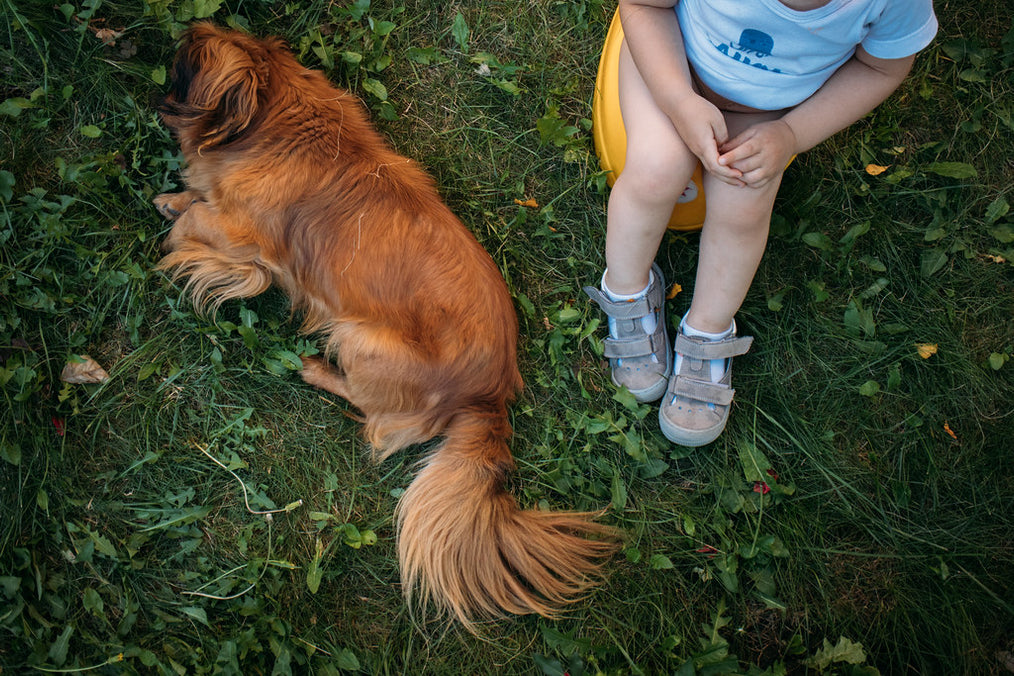How To Brush Cats Teeth With Toothpaste

The best approach to care for your cat's teeth and ensure that plaque doesn't build up and lead to dental illness is to clean their teeth every day, just as we do for ourselves.
Introduce this procedure to them when they are kittens, so they get used to having your hands in their mouth and on their teeth. Adult cats may need some time to become used to this new behavior, but it is still doable. In a perfect world, you would start your baby out on dental care.
Despite the fact that a kitten's milk teeth shouldn't be cleaned, kittens should become accustomed to having their teeth handled from an early age in order to get them ready for a lifetime of healthy teeth.
Why Should I Brush My Cat’s Teeth
The most efficient technique to eliminate dental plaque and preserve long-term oral health in cats is probably to brush their teeth. Similar to humans, brushing reduces halitosis, promotes healthy gums, and stops plaque and tartar from forming (bad breath). Wherever possible, daily or even twice-day brushing is advised, and a cat can start receiving this care at any age. However, this must be carried out gradually and with due caution.
When Should I Brush My Cat’s Teeth
Wherever possible, daily or even twice-day brushing is advised. And a cat can start receiving this care at any age. However, this must be carried out gradually and with due caution. Despite all efforts to prevent dental disease in cats, certain animals appear predisposed to it.

In addition to immunological responses, the presence of bacteria, and infection with other agents, the chemical composition of the saliva is one factor determining dental and gum disease in these cats. But this is highly preventable. So, grab your comfy custom cat hoodie design and get right to it!
What Type of Toothpaste Should I Use
Regular tooth brushing is crucial to maintaining your cat's oral health and preventing dental disorders like gingivitis. Choose a veterinarian-recommended toothpaste if you want to be totally certain that it is safe for your cat.
Additionally, you should always look through the ingredients list for anything that can be dangerous to your cat. Choose an enzyme-based toothpaste. Enzymes are used in enzyme toothpaste to clean your pet's teeth. This type of cat toothpaste can provide you with the best results.
Why Can’t I Use Human Toothpaste
Cats’ teeth should never be cleaned with human toothpaste. If your cat swallows the high concentrations of fluoride that are frequently present in human toothpaste, it may cause digestive problems or make your cat very ill.
Some human toothpaste has significant sodium content, which could possibly harm your pet. It's crucial to prevent this because you have little control over how much toothpaste they consume.
What Can I Use Other Than Toothpaste
When it comes to oral home care for cats, nothing beats brushing their teeth, yet some cats find it to be rather difficult. Early initiation of oral home care increases the likelihood of success.
Dental treats, dental diets, water additives, topical gels, and oral rinses are substitutes for brushing your teeth. These items can be utilized for multi-modal dental care and to maximize a healthy oral cavity.
How To Brush Cat Teeth with Toothpaste
Here is how you have to brush your cat’s teeth. First, brush your teeth with a little toothpaste. Your cat's mouth can remain closed as you tilt her head back at a 45-degree angle and softly pull her lips. Start by focusing on brushing the canine teeth and the big cheek teeth since these are the teeth where plaque and tartar buildup happens the fastest.

Unless your cat is highly uncooperative, you shouldn't worry about brushing the inside or tips of its teeth. You should concentrate your efforts here because this is where periodontal disease most commonly affects the outer surfaces of the teeth and the area around the roots. The inner surfaces of the cat's teeth don't need to be brushed as often because the cat's abrasive tongue tends to eliminate plaque from these surfaces.
How Much Time Should I Spend Brushing My Cat’s Teeth
Focus on your cat's gum line while moving in a circular motion. Initially, pay attention to the areas of her lips and teeth that are exposed on the outside. Work your way up to cleaning all of your cat's teeth eventually.
Her mouth should be thoroughly brushed for two to three minutes, ideally once daily. Be constant with the time you brush her teeth every day. Cats respond to routine. Choose a peaceful time of day when your cat is typically hungry, not right after you get home from work.
Final Verdict
A fantastic technique to maintain your cat's sparkling whites and prevent dental problems is to brush their teeth. Your veterinarian might suggest that you hold off on trying to wash their teeth yourself for a bit following any expert treatment.
Even though it could take some getting used to, brushing a cat's teeth is achievable with time and care, despite the amusement of your cat-loving pals. And if your cat doesn’t like you going near it, don’t worry. Start by letting your cat get used to using the toothbrush.
You should let them smell it. Try to move the toothbrush toward their mouth once they are at ease with that. Giving them a small incentive each time they allow the toothbrush to approach them may seem counterintuitive. And for sure, in the end, your cat will let you go near it.
Best Sellers

WATERCOLOUR

THE YOUNG QUEEN

MINIMALIST DESIGN

MINIMALIST PET PORTRAIT

THE GENERAL

THE ICE QUEEN

THE ROYAL COUPLE

THE CONVICT

THE PRESIDENT

THE BOURGEOIS COUPLE

WATERCOLOUR SIBLING



